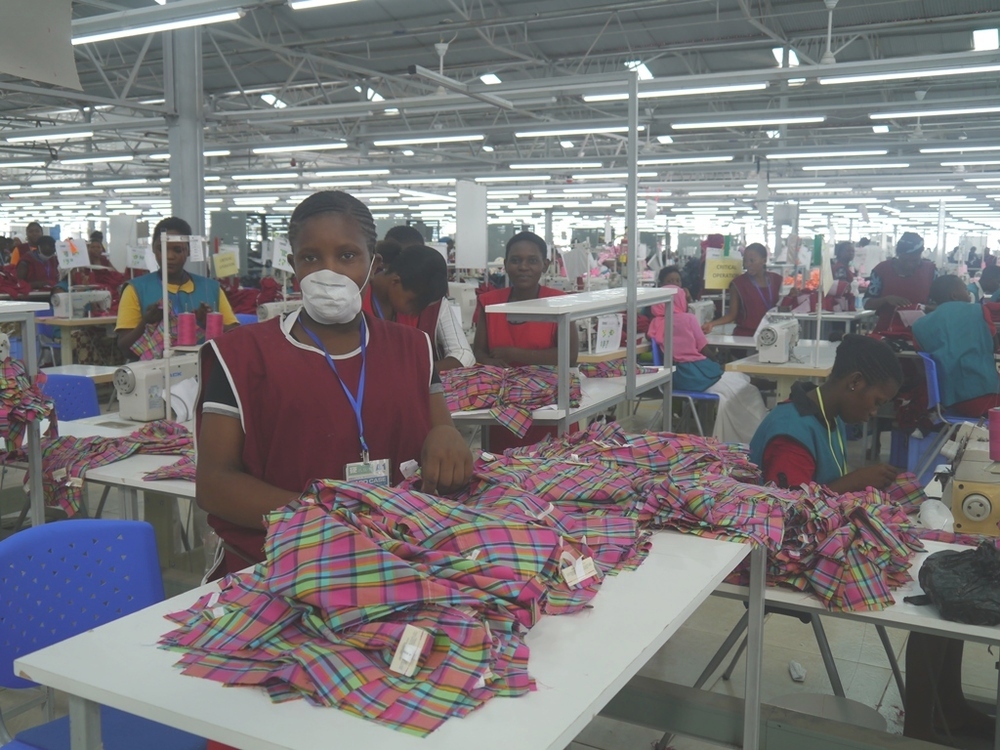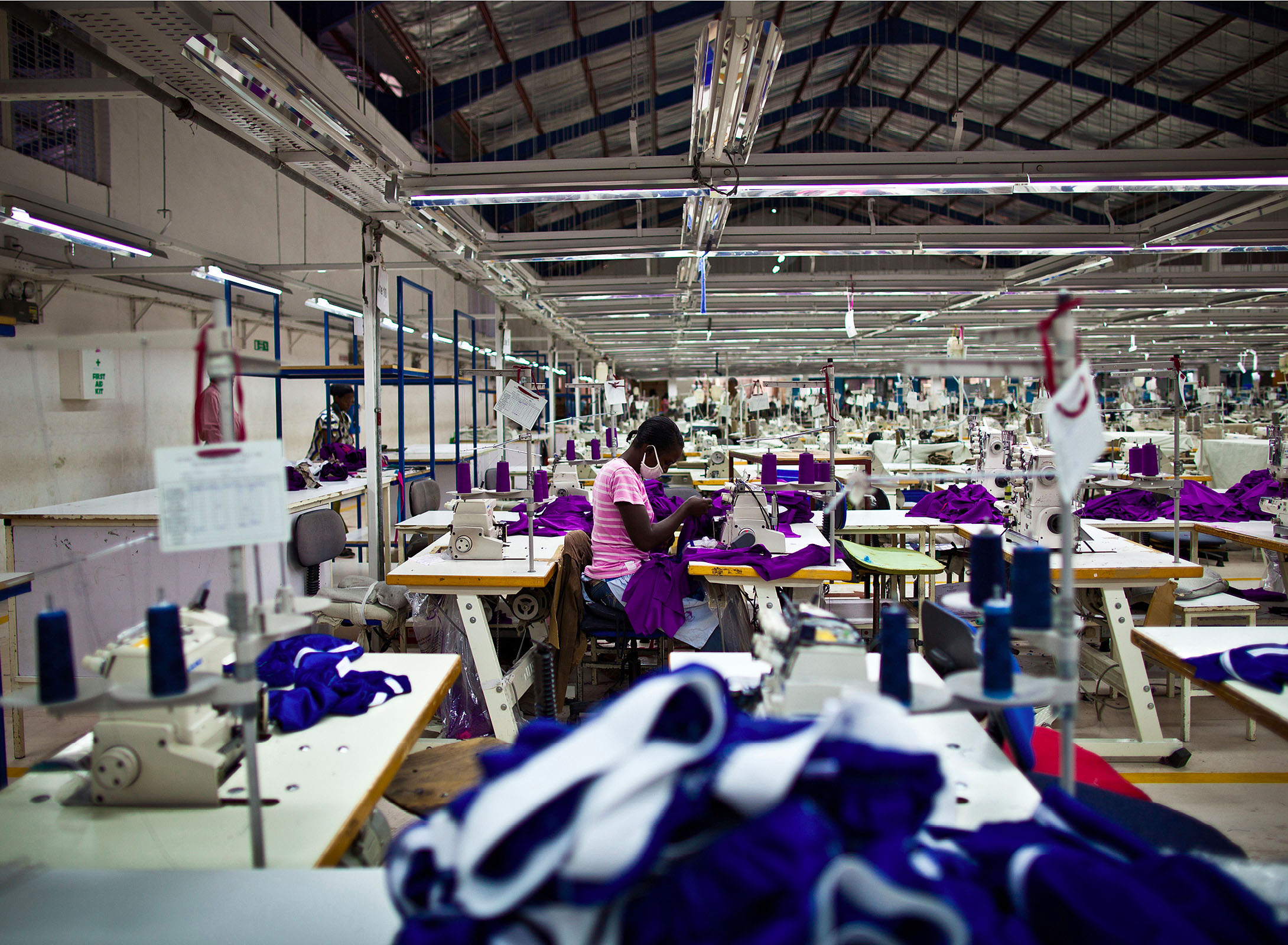

Among the CPOs, Ethiopia emerged as the most sought after nation and turned out to be the most attractive for international buyers of apparels. Out of the 40 CPOs, 13 said they would start sourcing from Kenya, five said they would increase the value of apparels they sourced from Kenya. Another 28 said they would start sourcing from Ethiopia and eight said they would increase the value of apparel sourced from there.
East Africa emerges strong
The survey ‘East Africa: The Next Hub for Apparel Sourcing’, shows Ethiopia has cost advantages, whereas Kenya has higher production efficiency. Mauritius is third, and 13 respondents said that they would start sourcing apparels from there, while another three said they would increase their value of apparels. Lesotho, Madagascar, Uganda, Tanzania, Botswana, Egypt, South Africa and Swaziland were the other African countries that are emerging.
At present, Kenya’s apparel industry specialises in supplying high volume bulk basics such as trousers, as per the report. Almost 92 per cent of Kenya’s apparel exports went to the US in 2013. Over $400 million worth of apparels that includes jeans and towels consumed in the US are manufactured in Kenya’s Export Processing Zone (EPZ), at present. According to Adan Mohamed, the Industrialisation Cabinet Secretary, this is projected to many fold. Also, in recent years, due to foreign direct investments from Asia and Middle East as well as support from the EPZ developed by the Kenyan government, the capacity of Kenya’s garment factories has grown.
Future goals for the sector
The revival of textile and leather industries is one of Jubilee government’s price focus. This will be help take advantage of Agoa and global markets. The government intends to invest in industrial and enterprise skills to sustain these industries. Besides, they would be initiating a targeted approach to identify potential international investors for these priority industries.
With economic liberalisation in 1990, there was an influx of textile goods in country. Also, the average capacity utilisation in textile mills went down by almost 50 per cent. Once the fifth largest forex earner, the textile sector’s contribution to GDP dropped. Agoa Act though, offered government support and several prospects, which helped the industry. According to the McKinsey report, if they wish to attract international buyers, both Kenya and Ethiopia have to address compliance and risk issues. And as the CPOs surveyed pointed out, Kenya needs to address corruption, high crime rates and social compliance.












